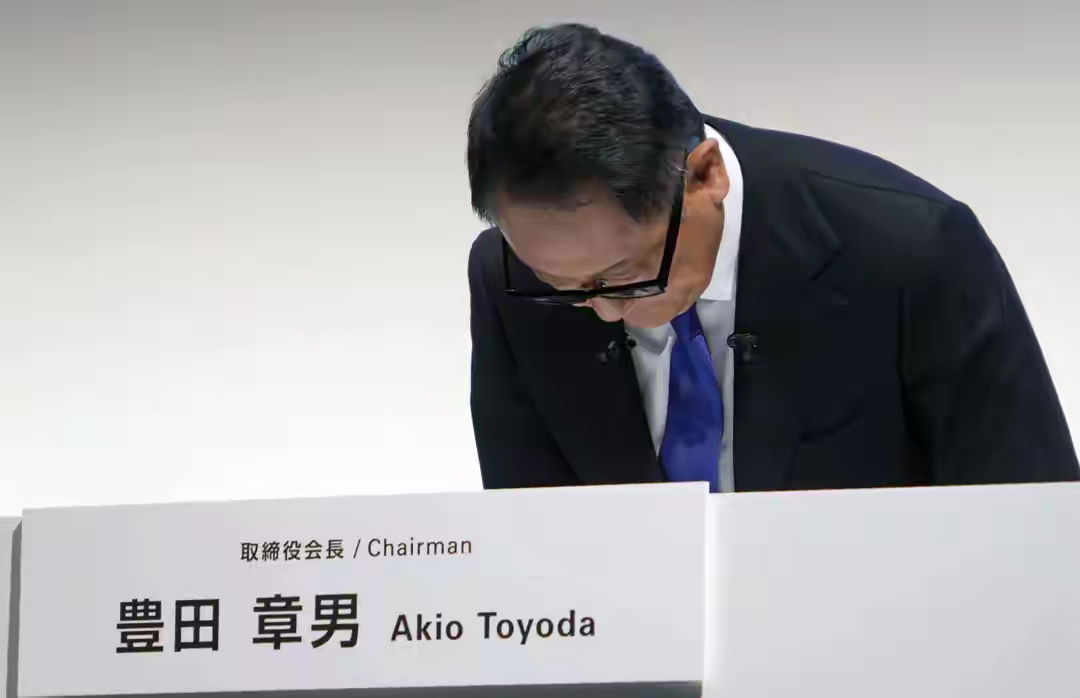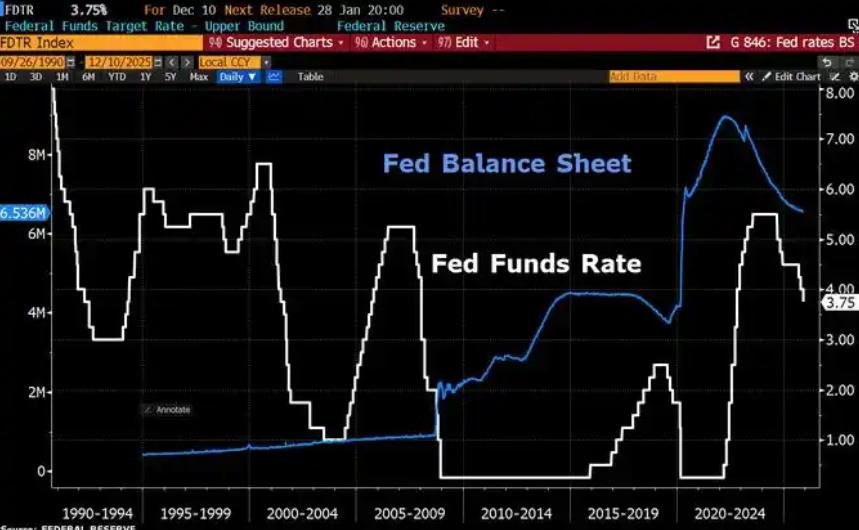
In the fiscal year 2024, Toyota set an industry record with a net profit of 4.76 trillion yen, equivalent to three times the total profit of the seven major Chinese car companies, once again shocking the profitability of the Japanese automotive industry worldwide. However, just a few months later, the wind suddenly changed: Toyota's net profit for the first quarter of fiscal year 2025 plummeted by 36.9%, Honda plummeted by 50.2%, and Nissan suffered losses for four consecutive quarters. Whether the high profit myth of the Japanese automotive industry has reached a turning point from its peak to a sharp decline in profits has become the most thought-provoking topic for the global automotive industry.
The high profits of the Japanese automotive industry are not accidental, but a profit system built on three core advantages. One is the profit moat built by hybrid technology. Toyota's hybrid models saw a 32.1% increase in sales in the 2024 fiscal year, accounting for 34.8% of global sales. In the transitional markets of Europe and America, there have even been price increases due to supply shortages, making them a true "cash cow". This technological advantage not only avoids the high investment of pure electric transformation, but also fits the transitional characteristics of the current global energy structure. The second is the cost control brought by lean production. Toyota has strengthened its TPS production method and collaborated with the supply chain to reduce costs by 3.7 trillion yen, which exceeds the annual profit of most car companies. The TNGA architecture achieves an 80% universal parts rate, which maximizes cost optimization. The third is a balanced global layout and value chain extension. Toyota has achieved sales of 2.7 million, 1.99 million, and 1.83 million vehicles in the US, Japan, and Asia markets, respectively. At the same time, its parts and financial services businesses have formed a stable profit pool, and it is expected to exceed 2 trillion yen in the 2026 fiscal year.
But the current multiple shocks are undermining this profit foundation from two dimensions: external market and internal transformation. The most direct blow comes from the dramatic change in the global trade pattern. The United States has raised import tariffs on Japanese cars from 2.5% to 27.5%, which, although negotiated to 15%, still reduces the annual operating profit of Japan's seven major car companies by 2.67 trillion yen, equivalent to more than 30% of the previous fiscal year's profit. Toyota suffered a loss of 450 billion yen from component tariffs from April to June alone, with a daily profit loss of 3.8 billion yen. Even more deadly is the erosion of market territory: the market share of Japanese brands in the Chinese market has dropped from a high to 9.6%, and Honda and Nissan's sales in China have declined by over 20% year-on-year.
The lagging internal transformation has put Japanese car companies in a dilemma of "boiling a frog in warm water". In the global wave of electrification, the "multi-path parallel" strategy adhered to by Japanese car companies has gradually revealed its drawbacks. In the first half of 2025, the proportion of pure electric sales in Japan was only 8.2%, far below the global average. This lag is not due to a lack of technology, but is constrained by the inertia of the huge traditional industry chain - there are over 12000 upstream and downstream related companies of Japanese automobiles, and a comprehensive transition to pure electricity may lead to 42% of suppliers' business shrinking, with transformation costs reaching hundreds of billions of euros and a long cycle. At the same time, the gap in intelligence is further widening the profit margin. While Chinese car companies are upgrading their value through "software defined cars," Japanese car companies are clearly lacking in their layout in areas such as car networking data applications, leading to a continuous weakening of product premium capabilities.
In the face of crisis, the response measures of Japanese car companies have shown a characteristic of "more than enough to maintain success, but less than enough to break through". Toyota has chosen to strengthen local production and adhere to a plan of 3 million locally manufactured vehicles, attempting to respond to tariff barriers with a "place of origin first" approach, but this goes against the cost logic of global division of labor. Nissan has reduced its production capacity by closing 7 factories and laying off 20000 employees, which may have resulted in short-term losses but has damaged its long-term competitiveness.
Overall, the high profits of the Japanese automotive industry are difficult to sustain in the long term and will enter a 'profit contraction period' in the future. In the short term, hybrid technology can still create profits in some markets, and the cost advantage of lean production will not immediately disappear. Leading companies such as Toyota can still maintain considerable profits. However, in the long run, the global trend towards electrification is irreversible, trade protectionism intensifies cost pressures, and the global expansion of Chinese car companies continues to squeeze market space. These three factors will continue to erode the profit base of Japanese car companies.
The profit dilemma of the Japanese automotive industry is essentially the inevitable pain of traditional manufacturing giants under the dual impact of technological revolution and market change. Its past success stemmed from a precise grasp of transitional market demand, while its future fate depends on breaking path dependence. If substantial breakthroughs cannot be achieved in the transformation towards electrification and intelligence, and a production system that adapts to the new global trade pattern cannot be reconstructed, the previous profit myth will eventually come to an end. In this transformation competition, the time window left for the Japanese automotive industry has become increasingly narrow.

Since 2022, the Fed has cumulatively reduced its balance sheet by $2.4 trillion through quantitative tightening (QT) policies, leading to a near depletion of liquidity in the financial system.
Since 2022, the Fed has cumulatively reduced its balance sh…
On December 11 local time, the White House once again spoke…
Fiji recently launched its first green finance classificati…
Recently, the European Commission fined Musk's X platform (…
At the end of 2025, the situation in the Caribbean suddenly…
The U.S. AI industry in 2025 is witnessing a feverish feast…